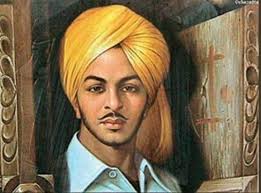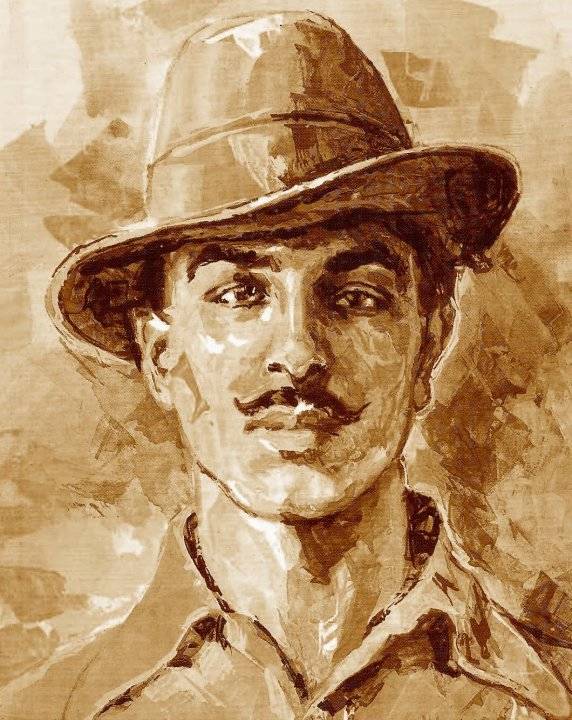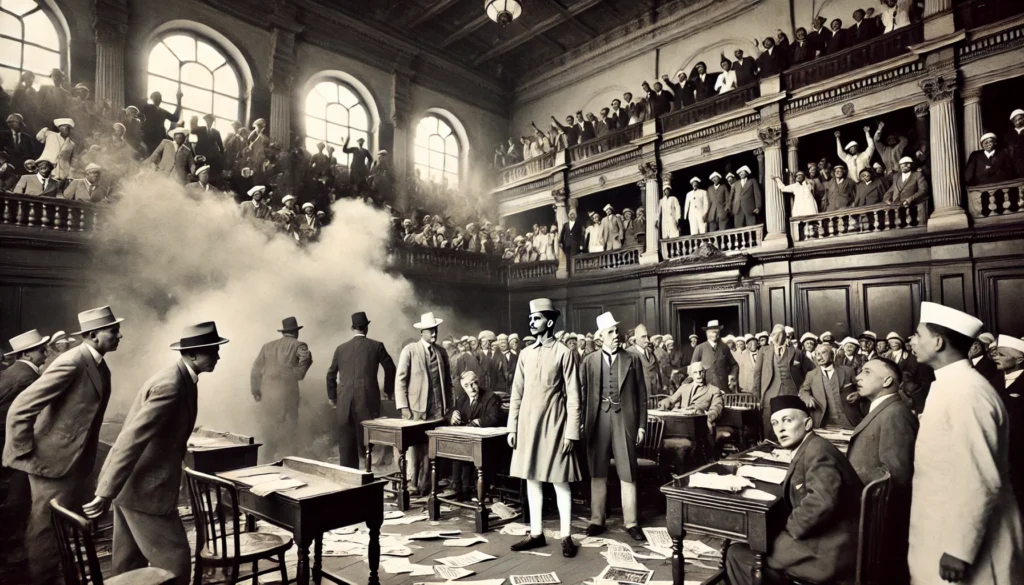
Bhagat Singh’s Time in Jail: The Fight Continues Behind Bars
Bhagat Singh’s time in jail (1929–1931) was not just a period of confinement—it became an extension of his revolution. Even while imprisoned, he continued to challenge British rule through his actions, hunger strikes, and writings.
1. The Hunger Strike for Prisoners’ Rights (1929)
- Bhagat Singh and his comrades noticed that Indian political prisoners were treated far worse than British prisoners.
- They demanded equal treatment, including better food, clothing, books, and hygiene conditions.
- To protest, he led a hunger strike that lasted 116 days, despite facing extreme weakness and force-feeding attempts by the British.
- His comrade Jatin Das died on the 63rd day, making him a martyr of the strike.
2. Writing & Intellectual Growth in Jail
- Bhagat Singh used his time in jail to read extensively, studying socialism, history, and revolution.
- He wrote one of his most famous essays, “Why I Am an Atheist,” defending rational thought over blind faith.
- His letters from jail reflected deep intellectual insights and a clear vision for India’s future.
3. Refusing Clemency & Embracing Martyrdom
- The British offered him ways to save his life, including an apology or legal appeal.
- He refused, believing that his martyrdom would inspire future generations.
- Instead of fear, he remained calm and cheerful, reading books and writing letters until his last moments.
4. Secret Hanging & Its Aftermath
- Originally set for March 24, 1931, his execution was moved up to March 23 to avoid protests.
- He was hanged at 7:30 PM, alongside Rajguru and Sukhdev, at Lahore Central Jail.
- The British secretly cremated his body near the Sutlej River to prevent public outrage, but the news of his execution spread rapidly, igniting massive protests.
5. Legacy Beyond Prison
- His time in jail showed his mental strength, commitment to justice, and unshaken revolutionary spirit.
- His words and ideas continue to inspire generations beyond his lifetime.








